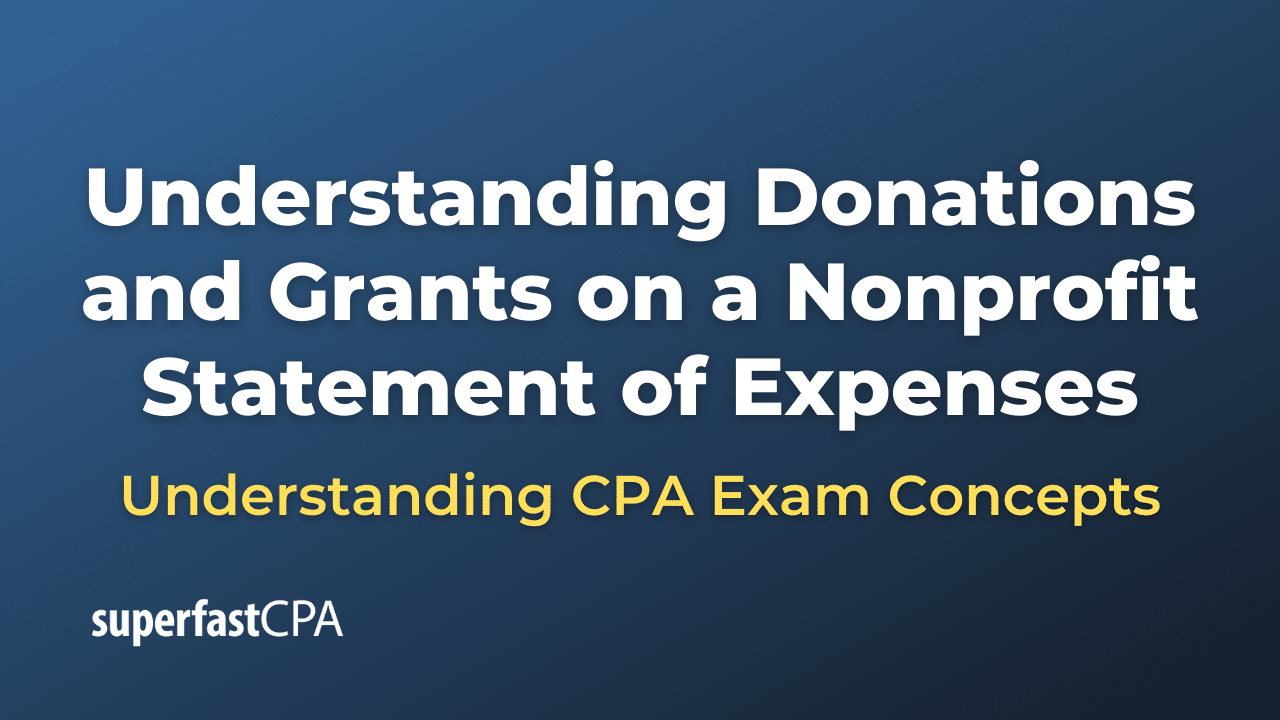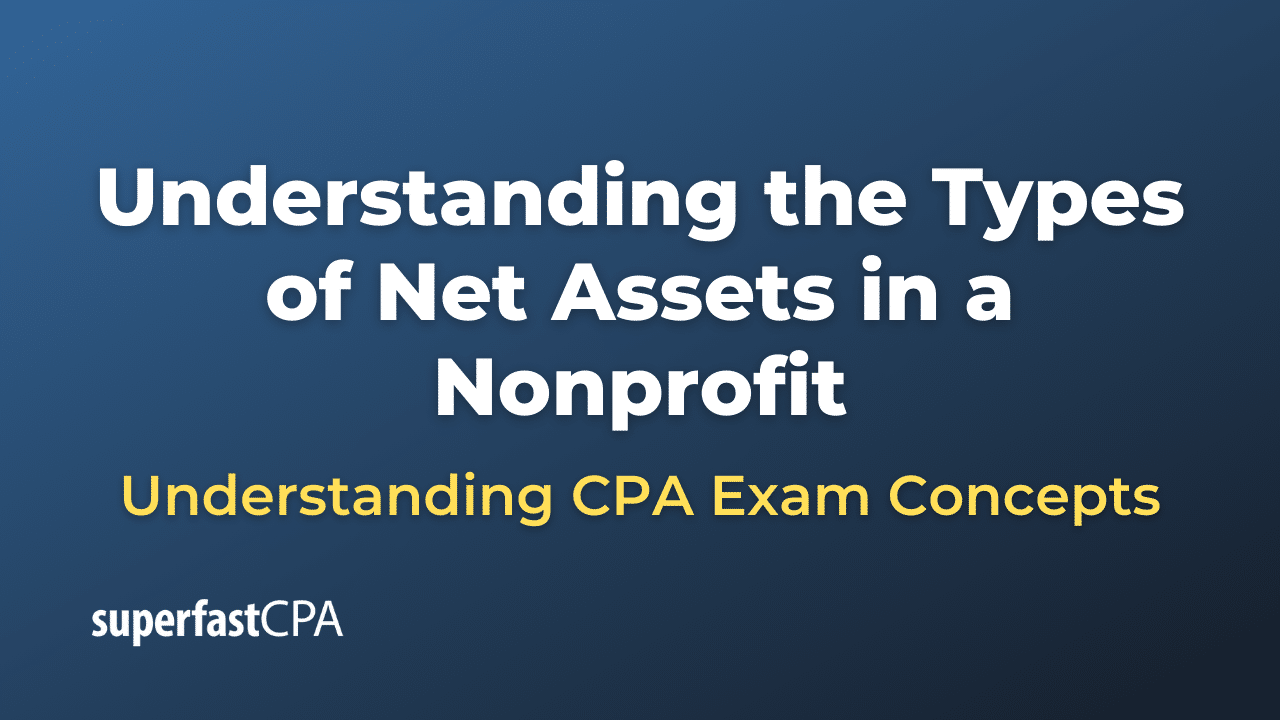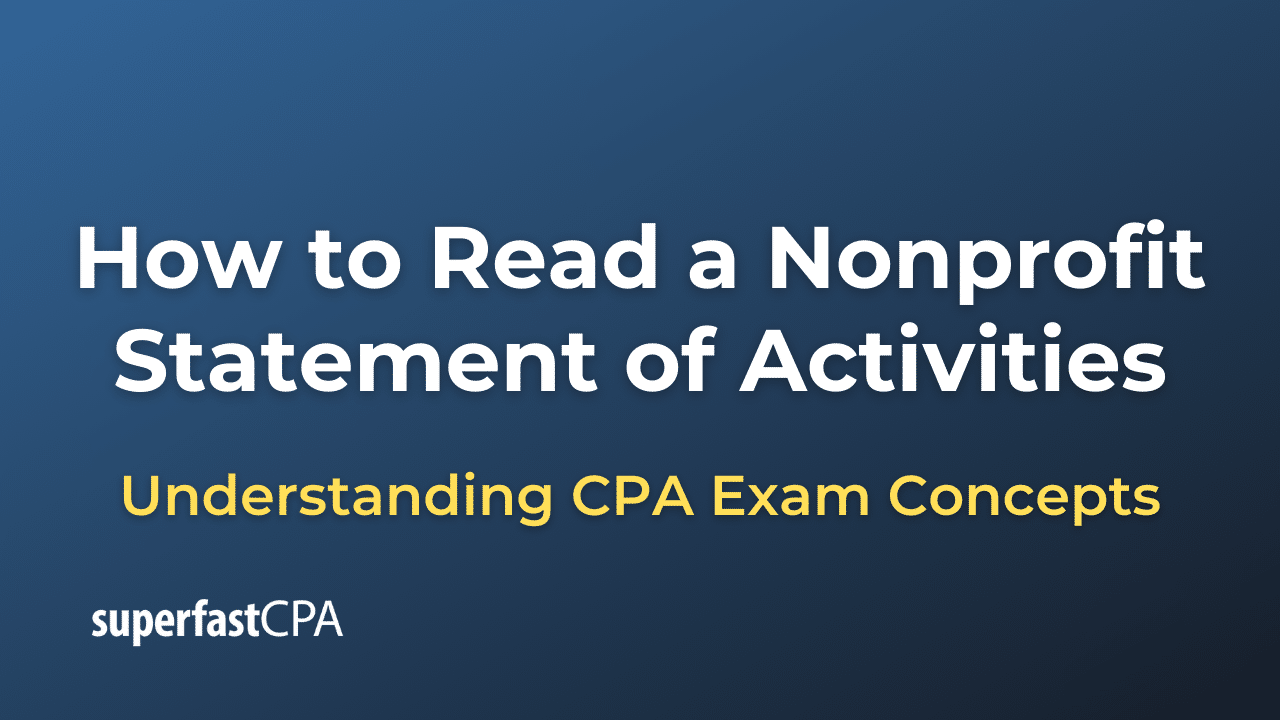Audit Objectives
Audit objectives are the specific goals that an auditor seeks to achieve during the audit process. These objectives provide a framework for the audit and help ensure that the auditor conducts a thorough and effective examination of the financial statements and internal controls of the entity being audited. The main objectives of an audit can be broadly categorized into the following:
- Opinion on financial statements: The primary objective of an audit is to provide an independent and objective opinion on the accuracy, completeness, and fairness of the financial statements prepared by the entity. This involves assessing whether the financial statements have been prepared in accordance with the applicable financial reporting framework and accurately represent the financial position, performance, and cash flows of the entity.
- Assess internal controls: An important objective of an audit is to evaluate the effectiveness of the entity’s internal control system, which includes processes and procedures designed to prevent and detect errors, fraud, and non-compliance with laws and regulations. By assessing internal controls, the auditor can identify weaknesses that may increase the risk of material misstatements in the financial statements and provide recommendations for improvement.
- Detection of fraud and errors: While the primary focus of an audit is on the financial statements, auditors also have a responsibility to detect material fraud and errors during the audit process. This involves conducting procedures to identify and investigate unusual transactions, discrepancies, and other potential indicators of fraud or error.
- Compliance with laws and regulations: Auditors are required to consider the entity’s compliance with applicable laws and regulations as part of the audit process. This includes evaluating whether the entity has appropriate policies and procedures in place to ensure compliance and assessing the impact of any identified instances of non-compliance on the financial statements.
- Providing assurance to stakeholders: By conducting an audit, the auditor provides assurance to the entity’s stakeholders, such as shareholders, creditors, and regulators, that the financial statements are reliable and can be used to make informed decisions about the entity’s financial performance and position. This helps to maintain trust and confidence in the entity’s financial reporting and contributes to the overall stability and transparency of the financial markets.
Example of Audit Objectives
Let’s consider a fictional company, XYZ Ltd., which is a manufacturer of electronic gadgets. The company is required to undergo an annual audit of its financial statements. An independent audit firm is engaged to perform the audit. Here are some examples of audit objectives and the related procedures the auditors may perform:
- Opinion on financial statements:
Objective: To form an opinion on whether the financial statements of XYZ Ltd. are presented fairly, in all material respects, in accordance with the applicable financial reporting framework.
Example procedure: The auditors examine the company’s balance sheet, income statement, statement of cash flows, and accompanying notes to verify the accuracy and completeness of the financial information. They also perform tests of details and analytical procedures to ensure the amounts reported are reasonable.
- Assess internal controls:
Objective: To evaluate the effectiveness of XYZ Ltd.’s internal control system, including controls over revenue recognition, inventory management, and payroll.
Example procedure: The auditors perform walkthroughs and test the company’s controls over key business processes, such as the authorization of sales transactions, the physical safeguarding of inventory, and the approval of payroll disbursements.
- Detection of fraud and errors:
Objective: To detect material fraud and errors that may affect the financial statements of XYZ Ltd.
Example procedure: The auditors perform substantive tests, such as examining large or unusual transactions, reconciling bank accounts, and reviewing journal entries for any signs of fraud or error. They may also interview employees and management to gather additional information.
- Compliance with laws and regulations:
Objective: To assess XYZ Ltd.’s compliance with applicable laws and regulations, such as tax laws, environmental regulations, and labor laws.
Example procedure: The auditors review the company’s policies and procedures related to regulatory compliance, and they examine relevant documentation, such as permits, licenses, and tax filings, to verify compliance. They may also inquire with management about any known instances of non-compliance.
- Providing assurance to stakeholders:
Objective: To provide assurance to the stakeholders of XYZ Ltd., including shareholders, creditors, and regulators, that the company’s financial statements are reliable and can be used for decision-making purposes.
Example procedure: After completing their audit procedures, the auditors issue an audit report expressing their opinion on the financial statements. This report is included with the company’s annual report and financial statements, providing stakeholders with the assurance that the financial information has been independently examined and found to be fairly presented.














